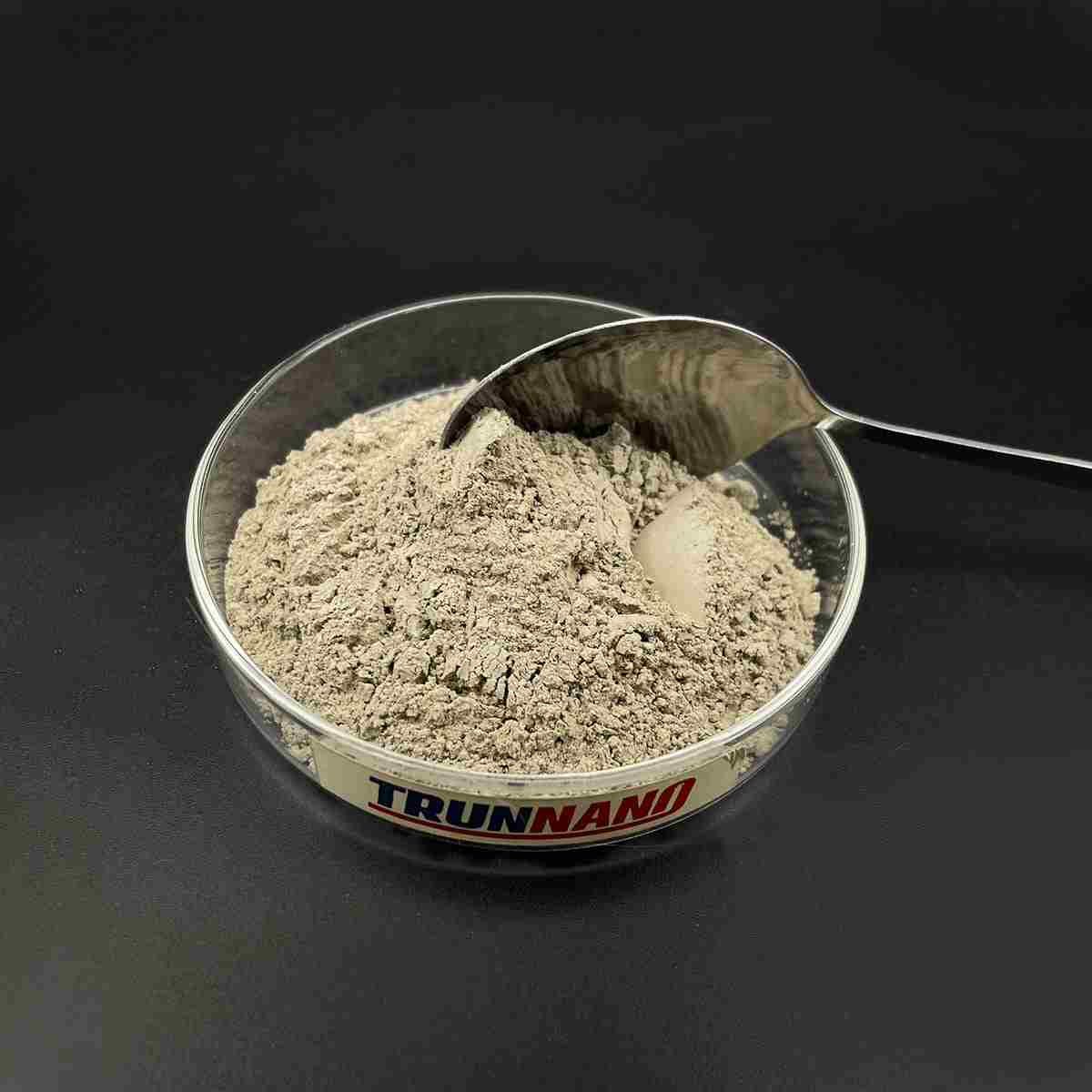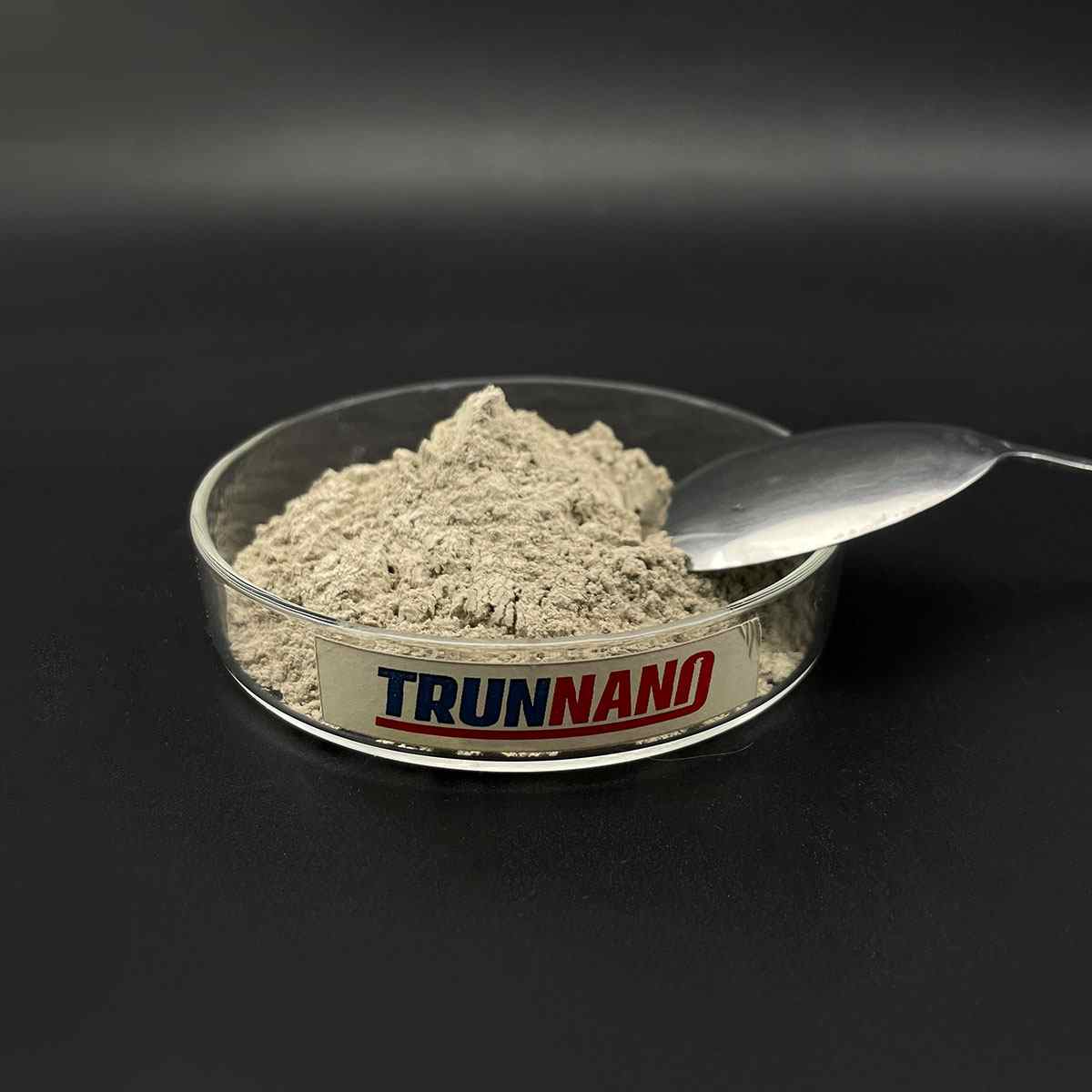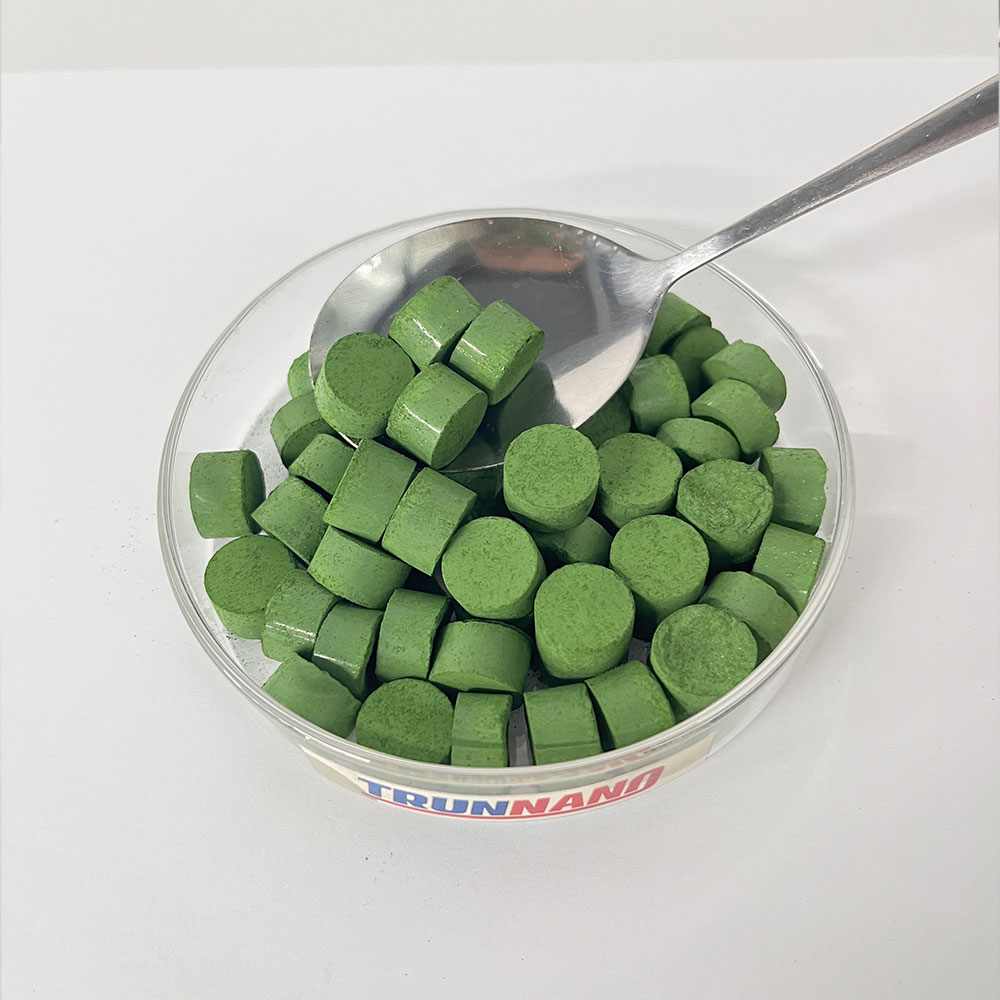Overview of High Quality 99.9% – 99.99% Copper Telluride(Cu2Te) CAS NO 12019-52-2
Telluride and selenide compounds play a significant role in the field of semiconductors, particularly in the development of advanced electronic and optoelectronic devices. These materials belong to the chalcogenide family, characterized by their ability to form compounds with elements from groups IV-VI in the periodic table.
Tellurides: Compounds containing tellurium (Te) as the chalcogen. Examples include cadmium telluride (CdTe), mercury telluride (HgTe), and zinc telluride (ZnTe). These materials have found applications in solar cells, infrared detectors, and high-speed electronics due to their tunable bandgap, high electron mobility, and good thermal stability.
Selenides: Similar to tellurides, but with selenium (Se) replacing tellurium. Notable examples are cadmium selenide (CdSe), gallium selenide (GaSe), and zinc selenide (ZnSe). Selenide compounds are widely used in light-emitting diodes (LEDs), laser diodes, and solar cells due to their direct bandgap properties and efficient light absorption/emission capabilities.
Feature of High Quality 99.9% – 99.99% Copper Telluride(Cu2Te) CAS NO 12019-52-2
Direct Bandgap: Many telluride and selenide semiconductors have direct bandgaps, which facilitate efficient light emission and absorption processes. This makes them suitable for optoelectronic applications such as LEDs and lasers.
Tunable Bandgap: The bandgap of these materials can be adjusted by alloying or altering the composition (e.g., CdSe to CdTe), enabling customization for specific device requirements across a wide spectrum of wavelengths.
High Electron Mobility: Materials like HgCdTe exhibit high electron mobility, which is crucial for high-speed electronic devices and low-noise detector applications.
Thermal Stability: Some tellurides and selenides, like ZnTe and ZnSe, demonstrate good thermal stability, making them suitable for high-temperature operation and processing.
Non-Toxic Alternatives: With increasing environmental concerns, there’s a push towards exploring less toxic alternatives to commonly used semiconductors. For instance, Cd-based tellurides and selenides are being replaced or combined with less toxic elements like Mg or Mn in some applications.

(High Quality 99.9% – 99.99% Copper Telluride(Cu2Te) CAS NO 12019-52-2 )
Parameters of High Quality 99.9% – 99.99% Copper Telluride(Cu2Te) CAS NO 12019-52-2
Copper Telluride (Cu2Te), with the Chemical Abstracts Service (CAS) number 12019-52-2, is a highly sought-after inorganic compound that combines copper (Cu) and tellurium (Te). This compound holds significant importance in various industries due to its exceptional properties, making it a popular choice for applications in electronics, solar energy, and even as a potential material for green technologies.
Tellurium, a chemical element with atomic number 52, is a rare and lustrous metalloid that exists naturally in trace amounts in the Earth’s crust. It exhibits unique electronic and optical properties, which combine synergistically with copper to create Cu2Te. The copper content in this compound is typically around 99.9% to 99.99%, ensuring a high purity level that is crucial for optimal performance in different applications.
Cu2Te is known for its semiconducting nature, falling into the category of narrow-gap semiconductor materials. This property makes it an attractive candidate for use in photovoltaic cells, particularly in thin-film solar technologies. The compound absorbs light efficiently, facilitating the conversion of solar energy into electricity, which contributes to the development of cost-effective and sustainable energy solutions.
In the field of electronics, Cu2Te is employed in various electronic devices due to its excellent thermal conductivity and low resistivity. It can be used as a contact material for thermoelectric generators and coolers, converting waste heat into electrical power or providing efficient cooling systems. Its thermoelectric properties also make it suitable for applications in temperature sensors and power management devices.
Moreover, Cu2Te’s compatibility with other metals and its ability to form alloys make it a versatile material in the fabrication of superconductors. High-purity Cu2Te has shown promise in enhancing the critical temperature for superconductivity, which could lead to advancements in high-speed data transmission and energy storage technologies.
In addition to these technological applications, Cu2Te is of interest for its potential environmental benefits. As a semiconductor, it can help in developing more efficient and eco-friendly electronic devices, reducing energy consumption and carbon footprint. Furthermore, its natural abundance and recyclability make it an environmentally friendly alternative to other materials in certain industries.
However, despite its numerous advantages, the production of high-quality Cu2Te faces some challenges, primarily related to the purification process and scalability. Ensuring a consistent 99.9% to 99.99% copper content requires advanced purification techniques, such as zone refining or electro-refining, which can be costly and energy-intensive.
In conclusion, Copper Telluride (Cu2Te) with its CAS number 12019-52-2 is a high-performance material with a wide range of applications in electronics, renewable energy, and thermoelectrics. Its exceptional properties, including its semiconducting nature and thermoelectric capabilities, position it as a key component in the advancement of modern technology while promoting sustainability. Despite the technical hurdles, the pursuit of higher purity levels continues to drive innovation and research in this promising compound.

(High Quality 99.9% – 99.99% Copper Telluride(Cu2Te) CAS NO 12019-52-2 )
FAQ of Semiconductor Materials
Inquiry us






